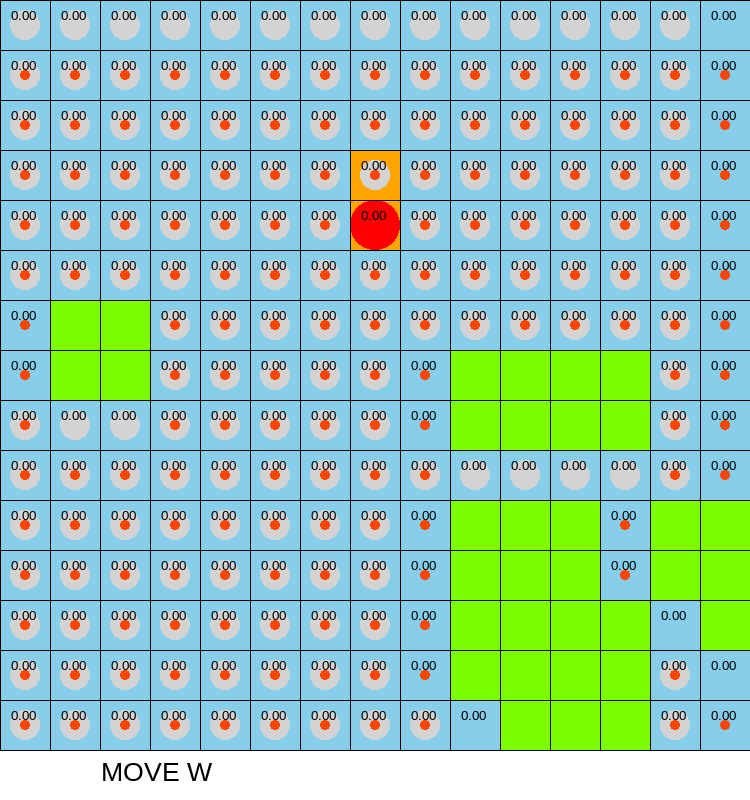I finished 28th.
Not much to say about my bot: tracking the opponent actions and using heuristics to determine the next move. Tracking myself as well to hide my location when choosing the next move.
But here is an animation for this game 

Numbers represent the danger to get damaged by a mine, small red dots are my own locations as seen for the opponent while gray circles are the opponent locations.
I also generated some statistics about the gameplay of different users: https://eulerschezahl.github.io/OceanOfCode/ooc_stats.html